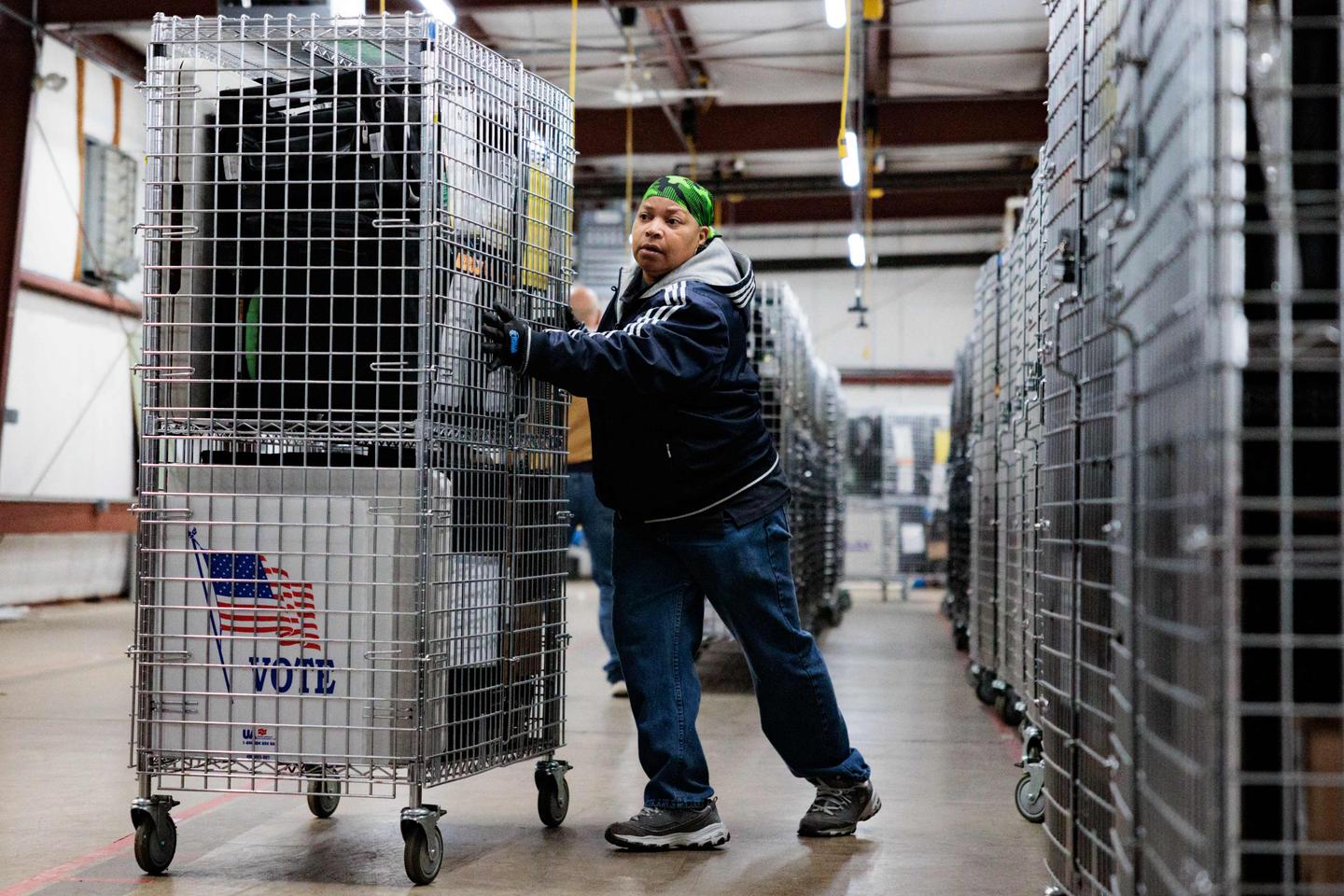


What is left of the working class in the United States? Judging from the election campaign that is drawing to a close, the working class is still a major political force, capable, through the process of indirect voting, of swinging certain key states in the election. On Labor Day − the first Monday in September − [Democratic candidate] Kamala Harris visited Pittsburgh, Pennsylvania, the cradle of American trade unionism, to express her commitment to the victories won by workers through labor activism.
Republican candidate Donald Trump, for his part, proudly announced on October 19, again near Pittsburgh, that he had received the support of three local steelworkers union leaders, a symbolic but important endorsement, a few weeks after the truckers' union's refusal to endorse either candidate.
Beyond Pennsylvania, which Hillary Clinton lost by 40,000 votes and where the election shows signs of being extremely close again this year, the working-class vote − particularly that of the White working class − is being closely watched because of the leading role many commentators and analysts ascribed to it in Trump's 2016 victory.
Despite the strikes that have riddled the news recently, this kind of attention is not necessarily automatic. In today's economy, blue-collar workers account for just 12% of the workforce and in the private sector, unions, decimated by deindustrialization and 50 years of anti-union activism, represent just 6% of employees. While Pittsburgh was certainly the industrial city par excellence in the early 20th century, today it has become a post-industrial city, where one employee in five is employed in the health and social services sector. And if there's one city where labor and union activity has translated into political strength, it's Las Vegas, Nevada, where Democratic hopes lie in the activism and influence of the 50,000 members of the hotel workers union, mainly composed of immigrant women.
Paradox
The use of the term "working class" in the 2024 election stems from a double confusion rooted in the social and political history of the US since the 1970s. Indeed, public use of the term, particularly in the national press, increased sharply as factories faded from the economic landscape and union organizations lost influence. It had become widespread by 2016.
This paradox arose from an initial conflation of the economic and the cultural. Since the end of the 1960s, conservatives have consistently presented themselves as defenders of a working class driven by cultural rather than economic concerns, and have broadcast the growing defection of White workers dismayed by the direction of the Democratic Party.
You have 54.22% of this article left to read. The rest is for subscribers only.
